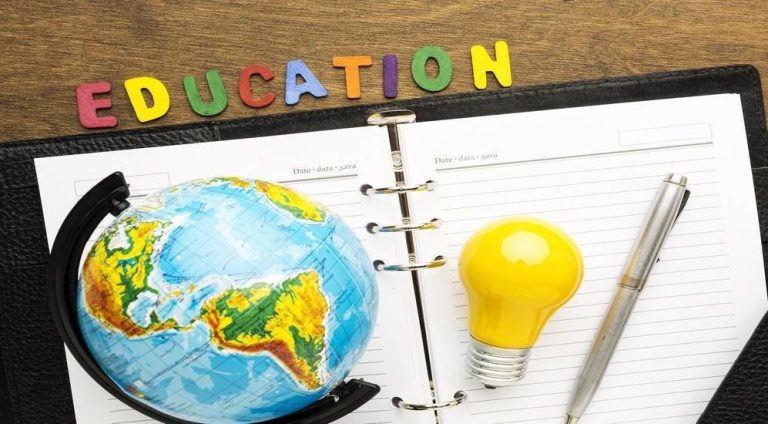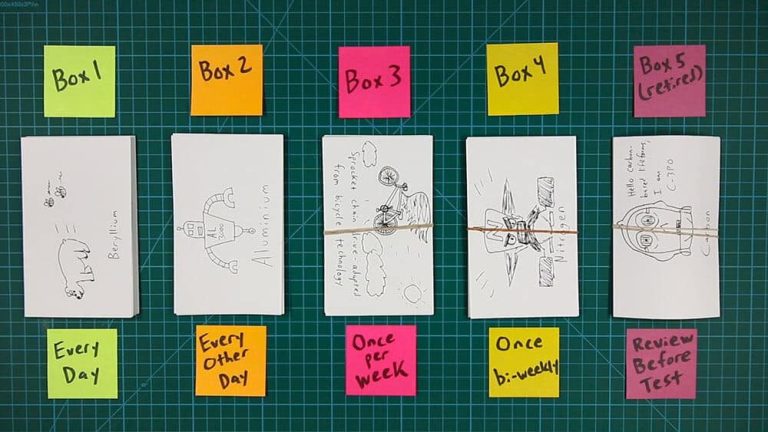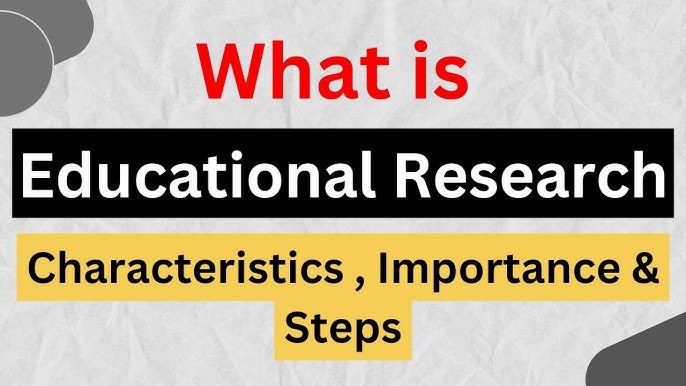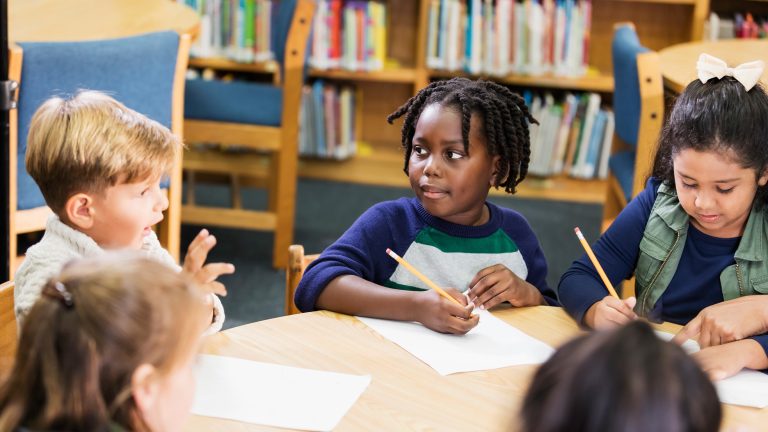Helping Kids Learn Mindfulness
In an increasingly fast-paced and distraction-filled world, the concept of mindfulness, once primarily associated with adult spiritual practices, has found profound resonance in an unexpected, yet vitally important, demographic: children. As young minds navigate the complexities of digital stimulation, academic pressures, and social dynamics, equipping them with tools to manage their emotions, focus their attention, and cultivate inner calm is no longer a niche idea but a crucial aspect of holistic development. Helping kids learn mindfulness isn’t about teaching them to meditate like monks; it’s about providing them with accessible, age-appropriate strategies to become more aware of their present moment experiences, fostering resilience, emotional regulation, and enhanced well-being.
The pervasive nature of modern life often means that children, much like adults, are constantly pulled in multiple directions. From schoolwork and extracurricular activities to endless digital content, their attention is fragmented, and their minds rarely have a chance to simply *be*. This constant mental “busyness” can manifest as anxiety, difficulty concentrating, impulsivity, and even sleep issues. Mindfulness, at its core, offers a counter-narrative: an invitation to pause, observe, and engage with the present without judgment. For children, this translates into practical skills they can use every day. Imagine a child who, instead of reacting immediately to a frustrating situation on the playground, can pause, take a deep breath, and consider their response. This is the power of mindfulness in action.
One of the most effective ways to introduce mindfulness to children is through **playful, sensory-based activities**. Abstract concepts like “awareness” can be challenging for young minds, but engaging their senses makes it concrete and relatable. A simple exercise might involve a “listening walk” where children are encouraged to pay close attention to all the sounds around them—the rustle of leaves, distant traffic, birdsong—without labeling them as good or bad, just noticing. Another engaging activity is the “mindful eating” exercise, where a child slowly eats a piece of fruit, focusing intently on its texture, smell, taste, and the sensations in their mouth. These simple practices help children tune into the present moment, anchoring their attention and gently training their minds to observe without immediate judgment.
Furthermore, **breathing exercises** are foundational to mindfulness and are easily adapted for children. Instead of abstract instructions, make it imaginative. Introduce “belly breathing” by having them lie down and place a small stuffed animal on their tummy, watching it rise and fall with each breath. Encourage them to imagine they are “smelling a flower” on the inhale and “blowing out a candle” on the exhale. These visual cues and playful narratives make a seemingly simple physiological act into an engaging mindful practice. Regular, short breathing exercises can equip children with an immediate tool to calm themselves when feeling overwhelmed, anxious, or angry, giving them a sense of control over their internal state.
Integrating mindfulness into **daily routines** also strengthens its impact. It doesn’t always require a dedicated “mindfulness session.” Encouraging children to mindfully brush their teeth (noticing the sensation of the brush, the taste of the toothpaste), or mindfully walk to school (paying attention to their footsteps, the sights, and sounds along the way) transforms ordinary moments into opportunities for present-moment awareness. Parents and educators can model this behavior, verbally noting their own observations, like, “I’m really noticing the warmth of the sun on my face right now,” or “I’m going to take a few deep breaths before we start this activity.” Children are keen observers, and leading by example is profoundly impactful.
Beyond specific exercises, creating a **supportive and calm environment** is crucial. While mindfulness equips children to navigate external chaos, a generally nurturing and less frenetic atmosphere at home or in the classroom reinforces the principles of inner calm. This includes reducing excessive screen time, providing opportunities for unstructured play, and ensuring adequate rest. Openly discussing emotions and validating children’s feelings, without judgment, also contributes to their emotional intelligence, which is deeply intertwined with mindful awareness. When a child feels safe to express their feelings, they are more receptive to learning strategies for managing them.
The benefits of helping kids learn mindfulness are far-reaching. Research suggests that consistent mindfulness practice can enhance focus and attention, improve emotional regulation, reduce anxiety and stress, and even boost empathy and compassion. Children who learn these skills early are better equipped to navigate academic challenges, manage social pressures, and develop greater self-awareness throughout their lives. It’s an investment in their mental and emotional resilience, providing them with internal resources that can last a lifetime, long after they’ve outgrown their favorite toys or finished their last exam. In a world that often demands constant doing, teaching children the power of simply being is perhaps one of the most profound gifts we can offer them.







